A Guide to Seamless Data Fabric Implementation
Striim
FEBRUARY 5, 2024
Data Fabric is a comprehensive data management approach that goes beyond traditional methods , offering a framework for seamless integration across diverse sources. The 4 Key Pillars of Data Fabric Data Integration: Breaking Down Silos At the core of Data Fabric is the imperative need for seamless data integration.

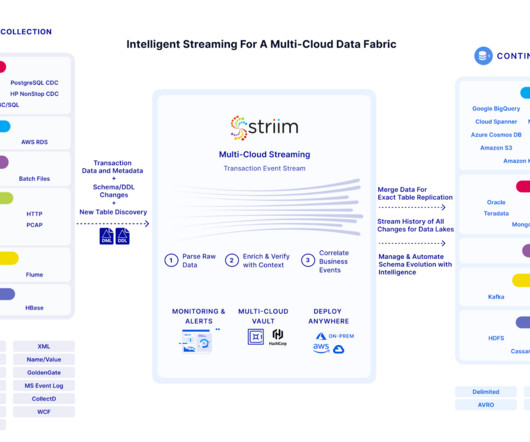
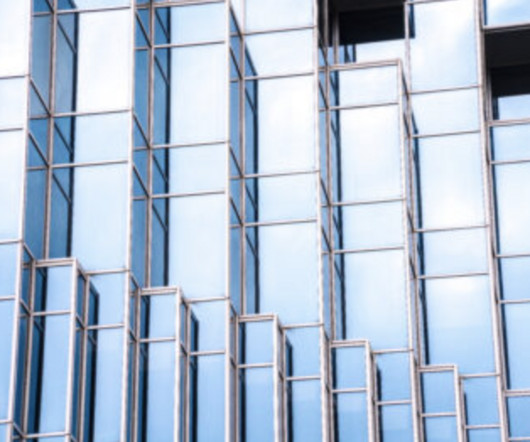
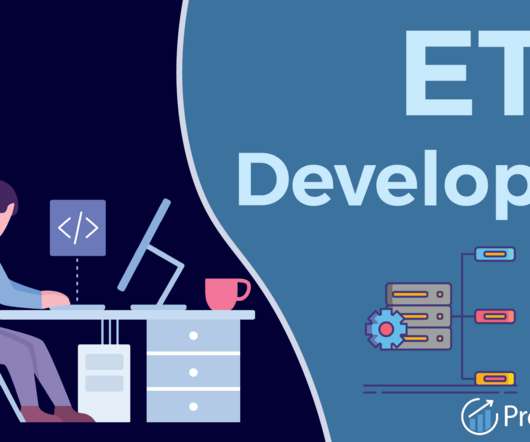
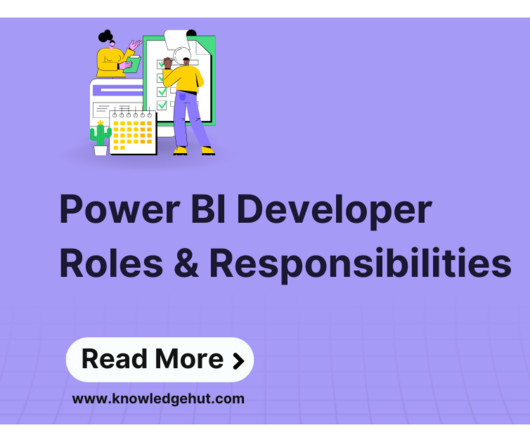


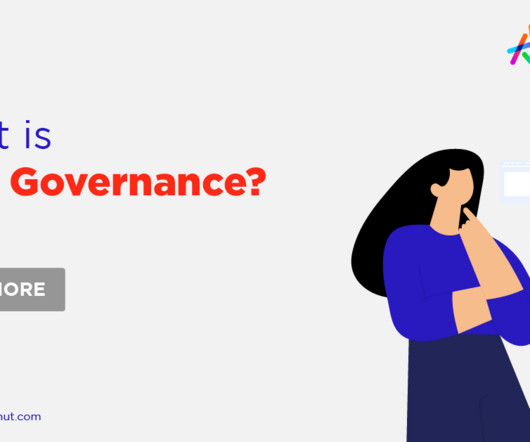

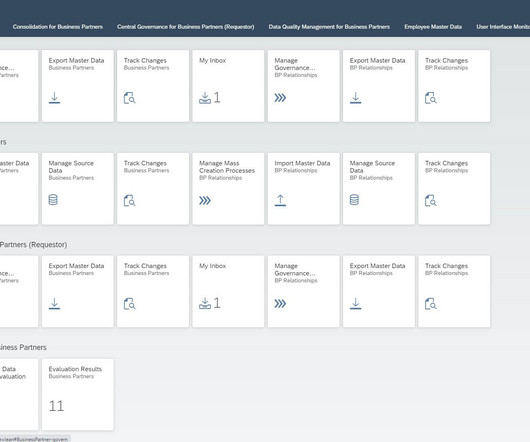

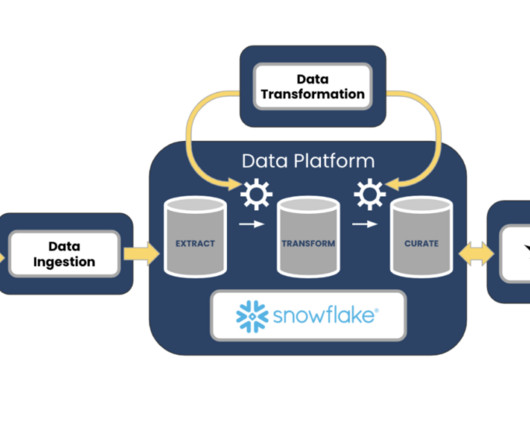






Let's personalize your content